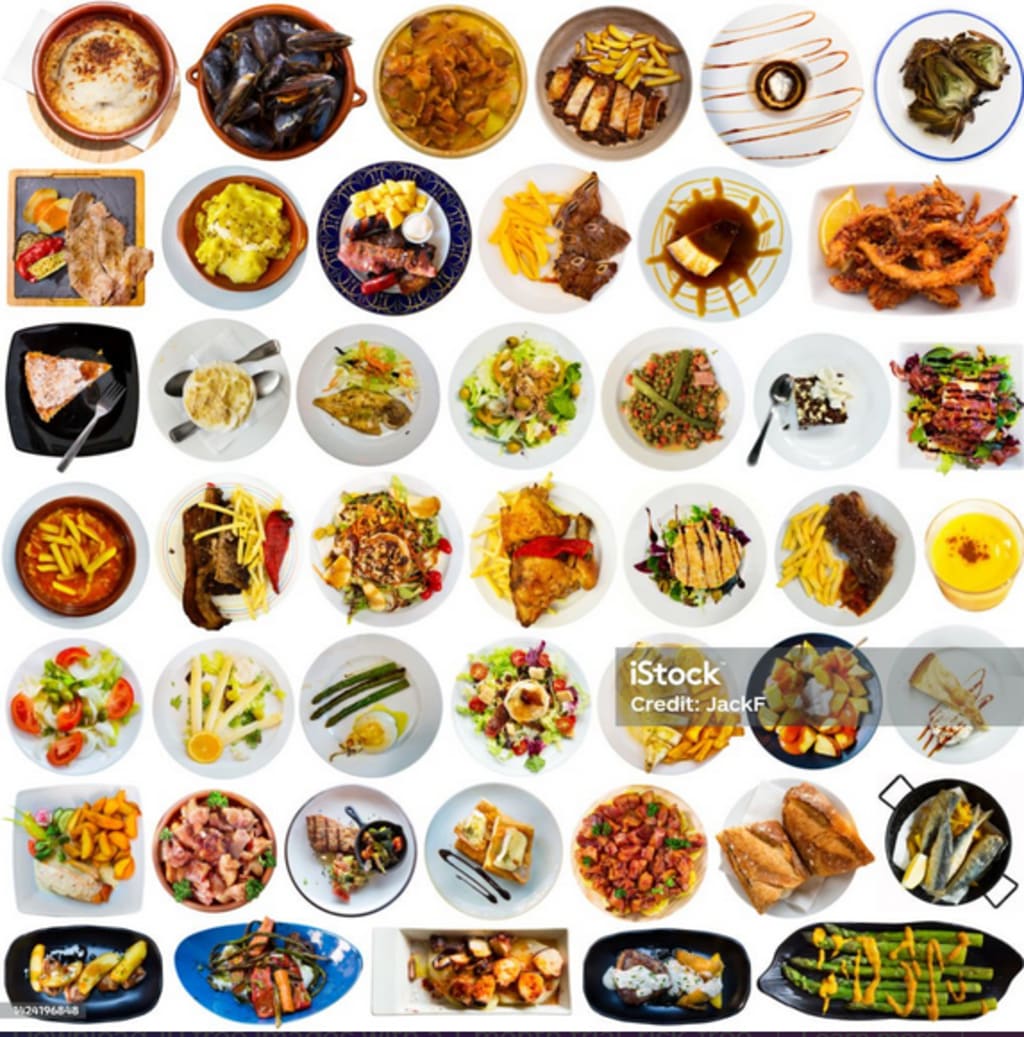The Science of Umami
Exploring the fifth taste sensation

Umami, a Japanese term meaning "pleasant savory taste," was officially recognized as the fifth taste sensation alongside sweet, salty, sour, and bitter. Discovered by Japanese chemist Kikunae Ikeda in the early 20th century, umami is characterized by a rich, savory, and full-bodied taste that enhances the overall flavor profile of a dish. The science behind umami lies in the detection of glutamate, an amino acid found naturally in certain foods.In the world of culinary exploration, the concept of taste has long been confined to the four well-known sensations: sweet, sour, salty, and bitter. However, hidden within the folds of our palates lies a fifth taste sensation, a savory symphony known as umami. Embark on a flavorful journey as we unravel the science behind umami, exploring its origins, characteristics, and the tantalizing secrets it holds for the discerning food enthusiast.
Umami, a Japanese term meaning "pleasant savory taste," was first identified by Japanese chemist Kikunae Ikeda in the early 20th century. Intrigued by the rich, savory flavor found in foods like seaweed and dashi broth, Ikeda set out to pinpoint the source of this unique taste. His research led to the discovery of glutamic acid, an amino acid abundant in certain foods, as the magic behind umami's allure. Glutamate, in its ionized form, imparts a savory, meaty flavor that is both distinct and delectable. Umami, a Japanese term meaning "pleasant savory taste," was officially recognized as the fifth taste sensation alongside sweet, salty, sour, and bitter. Discovered by Japanese chemist Kikunae Ikeda in the early 20th century, umami is characterized by a rich, savory, and full-bodied taste that enhances the overall flavor profile of a dish. The science behind umami lies in the detection of glutamate, an amino acid found naturally in certain foods.
The umami taste sensation is not limited to Japanese cuisine; it is a universal phenomenon found in a myriad of ingredients worldwide. Parmesan cheese, tomatoes, mushrooms, and soy sauce are just a few examples of umami-rich foods that have become staples in diverse culinary traditions. The beauty of umami lies in its ability to enhance and elevate other tastes, creating a harmonious balance that tantalizes the taste buds.
To fully appreciate umami, it's essential to understand the scientific principles at play. The umami flavor is primarily attributed to the presence of glutamate and its close companion, inosinate, found in meat, and guanylate, prevalent in mushrooms. When combined, these compounds create a synergistic effect, intensifying the overall savory experience. This is why dishes like a perfectly aged steak or a hearty mushroom risotto boast an irresistible umami-packed punch.
Chefs and food scientists have harnessed the power of umami to craft dishes that transcend the ordinary. Umami-rich ingredients are often used to create flavor profiles that are complex and deeply satisfying. From the savory depth of miso soup to the umami explosion in a classic Bolognese sauce, the culinary world has embraced this fifth taste sensation as a secret weapon for creating unforgettable dining experiences.
The umami experience extends beyond traditional cooking methods, making its mark in modern gastronomy. The advent of molecular gastronomy has allowed chefs to experiment with umami-rich compounds such as monosodium glutamate (MSG) to intensify flavors and push culinary boundaries. Far from being a mere trend, the pursuit of umami has become a fundamental aspect of culinary innovation, inspiring chefs to explore new techniques and ingredients that enhance the dining experience.
Umami in Culinary Creations:
Chefs around the world have embraced umami as a powerful tool to elevate the dining experience. The incorporation of umami-rich ingredients allows chefs to enhance the overall taste of a dish, creating a symphony of flavors that resonates with the palate. From the umami-packed broth of a traditional ramen to the savory depth of slow-cooked tomato sauce, the science of umami has become an integral aspect of culinary innovation.
Umami Beyond Traditional Cuisine:
While umami has deep roots in Asian cuisine, its influence has transcended cultural boundaries, infiltrating culinary practices worldwide. The recognition of umami as a fundamental taste has led to the development of umami-rich seasonings, condiments, and flavor enhancers. These products have found their way into kitchens globally, allowing home cooks to experiment with umami and unlock new dimensions of taste in their dishes.
About the Creator
Enjoyed the story? Support the Creator.
Subscribe for free to receive all their stories in your feed. You could also pledge your support or give them a one-off tip, letting them know you appreciate their work.





Comments
There are no comments for this story
Be the first to respond and start the conversation.